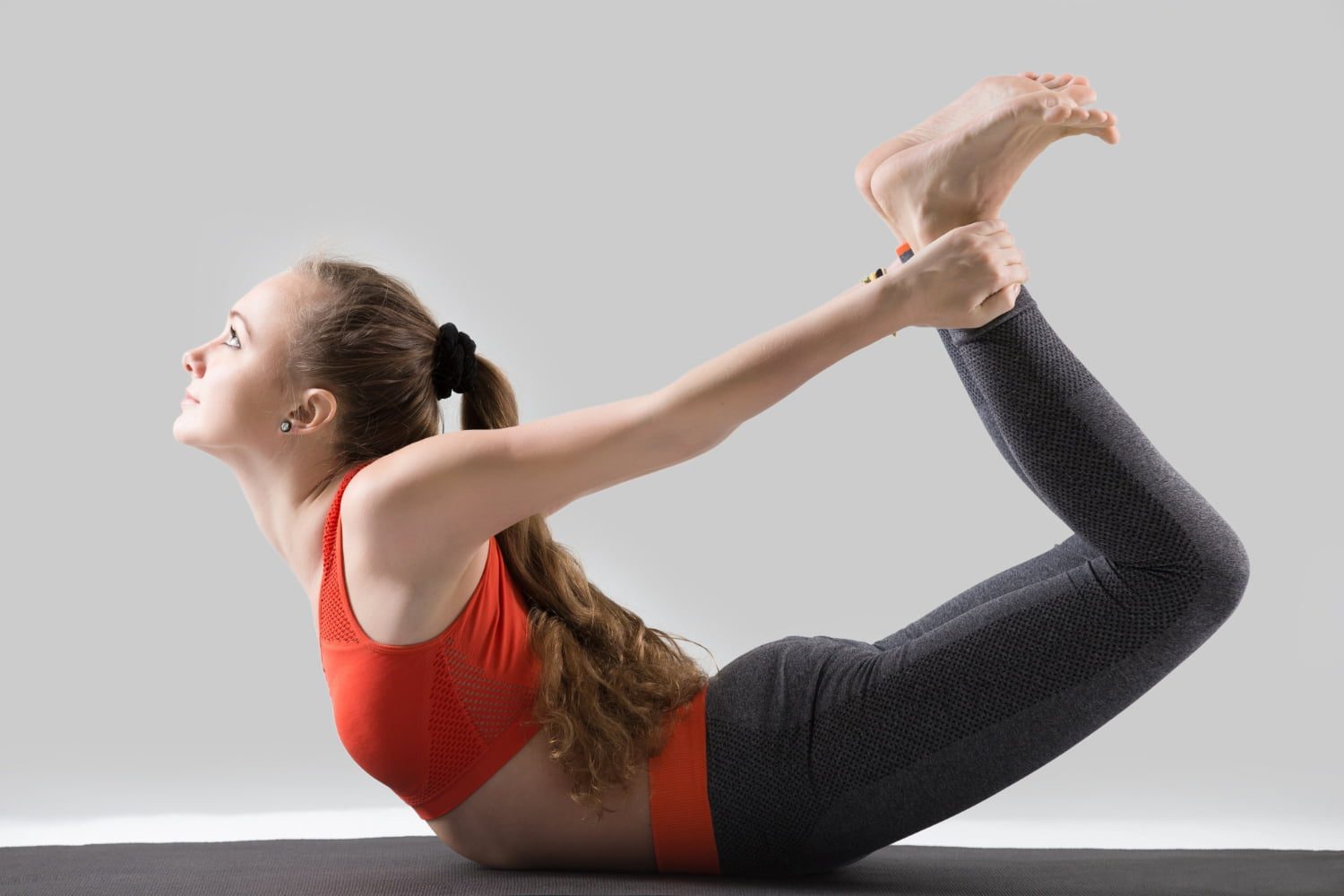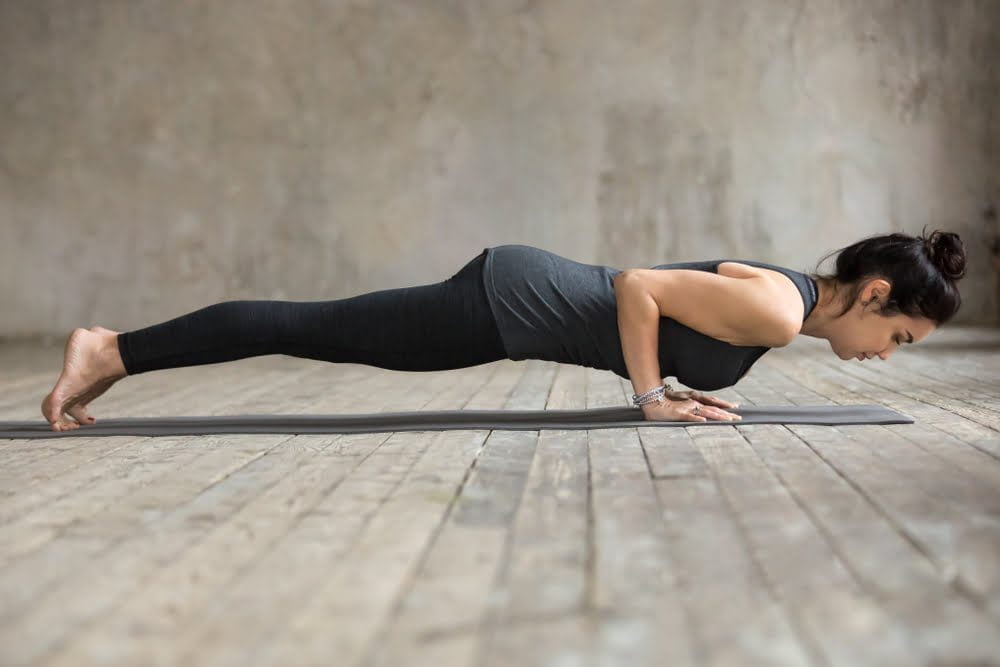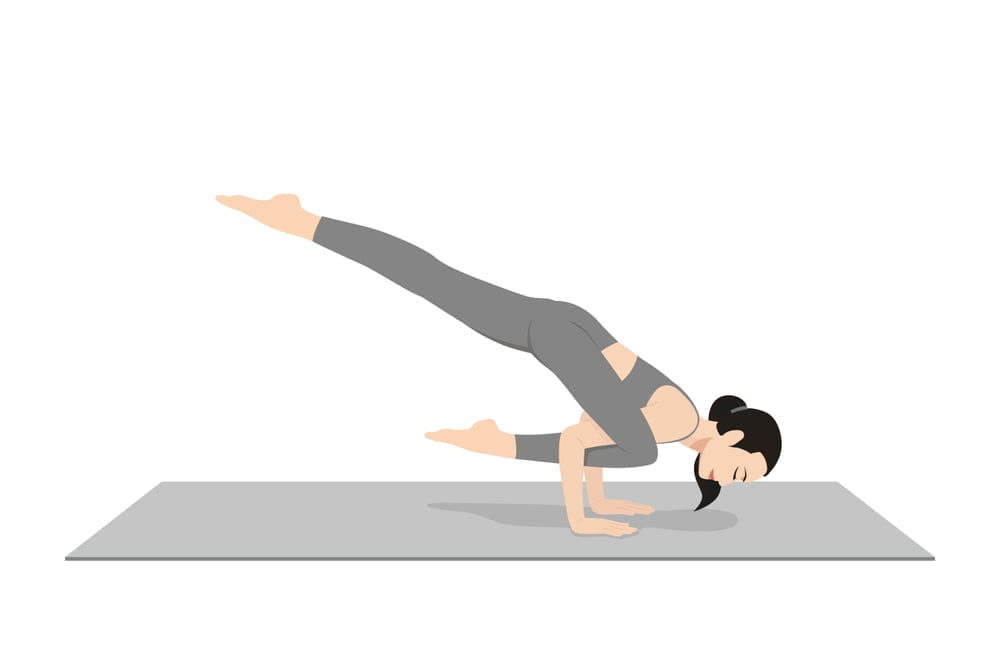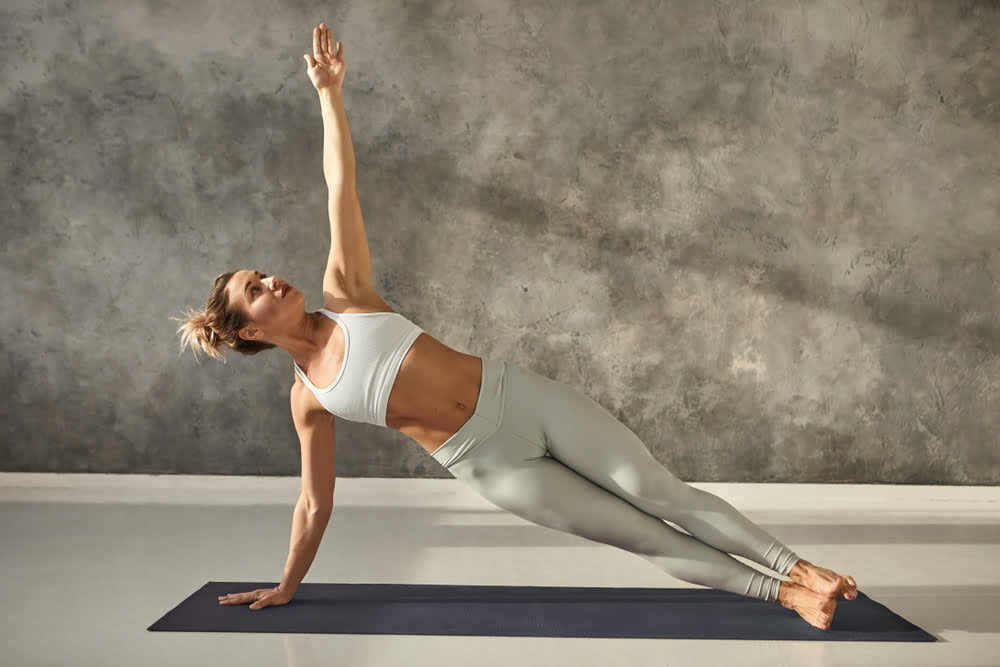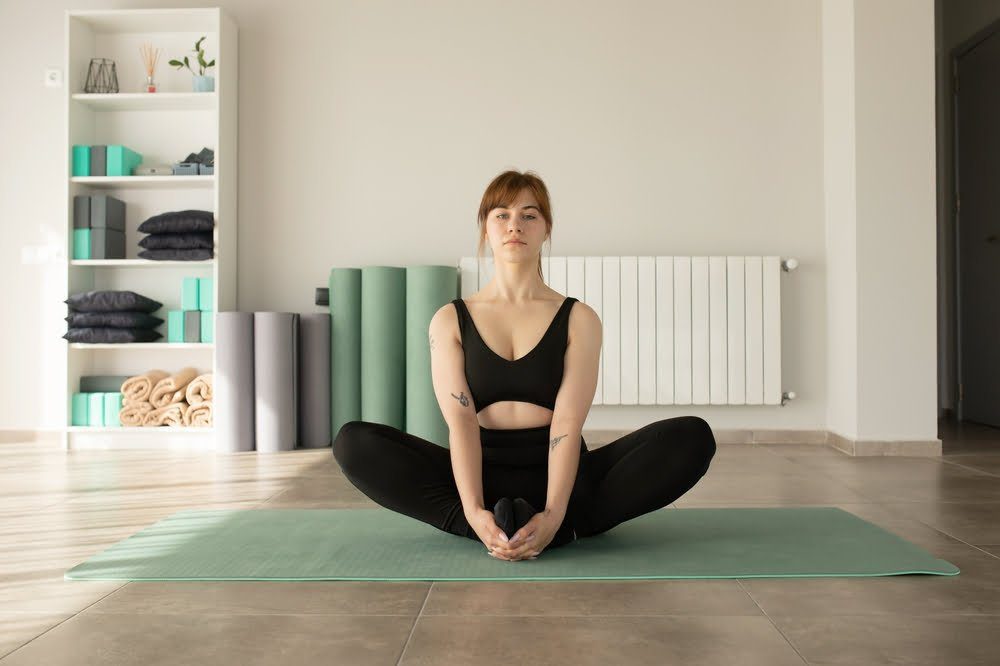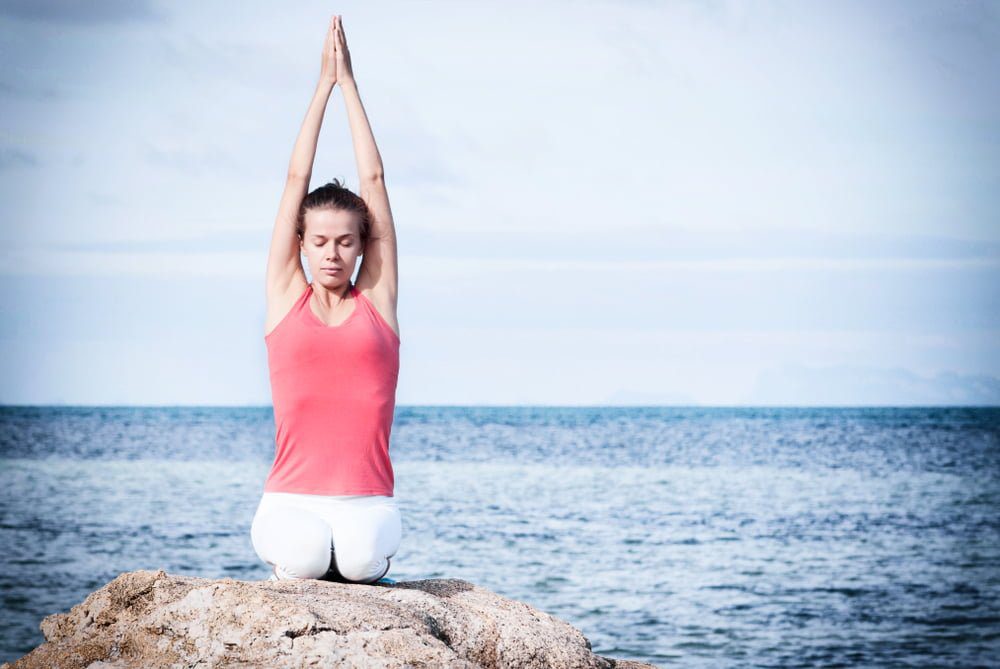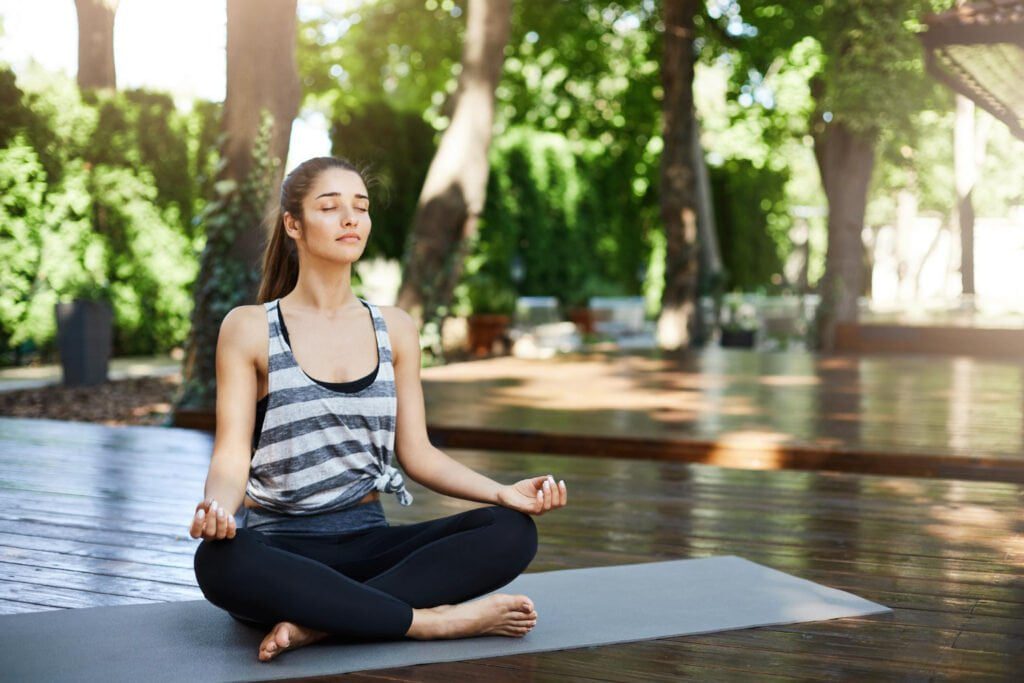Bow Pose, also known as Dhanurasana in Sanskrit, is a dynamic and invigorating yoga posture that offers numerous benefits for the mind and body. This backbend pose resembles a bow, with the practitioner’s body forming an arc from head to toe. Bow Pose not only helps in improving flexibility and strength but also aids in opening up the chest and increasing lung capacity. In this article, we will explore the various benefits of Bow Pose, learn how to properly execute it, and discover different variations that can be incorporated into the practice for added challenges and benefits. Whether you are a beginner or an experienced yogi, Bow Pose is a wonderful addition to any yoga routine that can enhance your physical and mental well-being.
benefits of Bow Pose yoga.
The Bow Pose, also known as Dhanurasana in Sanskrit, is a popular yoga asana that offers numerous benefits for both the body and mind. This challenging yet rejuvenating pose involves lying on the stomach and lifting the legs and chest, resembling the shape of a bow. By practicing this pose regularly, individuals can experience a wide range of advantages, including:
1. Strengthens the back muscles.
Bow Pose primarily targets the muscles in the back, including the erector spinae, latissimus dorsi, and trapezius. Regular practice of this asana helps in building strength and stability in the back, ultimately improving posture and reducing the risk of back pain.
2. Opens the chest and shoulders.
As the chest and shoulders are stretched while lifting the upper body, Bow Pose helps in expanding the chest and improving lung capacity. This can be beneficial for individuals with respiratory conditions, such as asthma or bronchitis.
3. Stimulates digestion.
The compression of the abdomen during Bow Pose stimulates the digestive organs, including the liver, pancreas, and intestines, promoting better digestion and relieving constipation. This pose can also aid in toning the abdominal muscles and reducing belly fat.
4. Increases flexibility.
Dhanurasana stretches and opens up various parts of the body, including the hips, thighs, shoulders, and neck. Regular practice can result in increased flexibility and suppleness, making daily activities easier and reducing the risk of injuries.
5. Boosts energy and alleviates fatigue.
Bow Pose is an effective way to invigorate the body and mind. The deep stretch and backward bending motion help in boosting blood circulation, oxygenating the body, and providing a natural energy boost. It is particularly beneficial for individuals who experience fatigue or lethargy.
6. Enhances spinal flexibility.
The arching motion of the spine during Bow Pose helps in improving spinal flexibility and preventing stiffness. It also encourages the proper alignment of the vertebral column, reducing the chances of developing spinal disorders over time.
7. Reduces stress and anxiety.
This yoga pose activates the parasympathetic nervous system, promoting relaxation and reducing stress levels. The deep opening of the chest and abdomen can also alleviate feelings of anxiety and depression, creating a sense of calmness and well-being.
8. Stimulates the reproductive system.
Bow Pose directs blood flow to the pelvic region, stimulating the reproductive organs and improving their function. It can be beneficial for individuals suffering from menstrual disorders or infertility issues.
Incorporating Bow Pose into a regular yoga practice can offer an array of physical, mental, and emotional benefits. However, it is essential to practice under the guidance of a qualified yoga instructor to ensure proper alignment and avoid any potential injuries.
How To Do Bow Pose Yoga?
Bow Pose, also known as Dhanurasana, is a rejuvenating yoga posture that offers a myriad of benefits for the mind, body, and spirit. To perform this pose correctly and safely, follow the steps below:
1. Warm-up: Begin by warming up your body to prepare it for the deeper stretches that Bow Pose entails. Perform a few rounds of Sun Salutations or any other dynamic movement to loosen up your muscles.
2. Lie down: Start by lying flat on your stomach on a yoga mat, ensuring your legs are hip-width apart and your arms are resting alongside your body.
3. Bend your knees: Slowly bend your knees and bring your heels towards your buttocks. Keep your ankles hip-width apart and ensure your feet remain flexed.
4. Reach back: Reach back with both hands and grasp your ankles. Your palms should be facing up, and your fingers should wrap around the outside of your ankles, securing a firm grip.
5. Inhale and lift: As you take a deep inhalation, press your lower abdomen into the mat and lift your chest off the ground. Simultaneously, lift your thighs away from the floor, creating a gentle backbend.
6. Lift your legs: While maintaining the grip on your ankles, continue to lift your legs higher. Aim to raise your feet towards the ceiling, keeping them parallel to the floor. This action will intensify the stretch in your thighs and open up your chest further.
7. Maintain alignment: Ensure that your knees remain hip-width apart throughout the pose. Focus on lengthening your spine and avoid straining or compressing your neck.
8. Hold the pose: Stay in this position for several breaths, maintaining a steady breathing pattern. With each inhalation, try to lift your chest and thighs a little higher, and with each exhalation, relax any tension in your body.
9. Release the pose: Slowly release the grip on your ankles and exhale as you gently lower your chest, thighs, and feet back down to the mat. Extend your legs and rest in a prone position for a moment to allow your body to integrate the benefits of the pose.
As with any yoga asana, it is important to listen to your body and practice with awareness. If you have any pre-existing injuries or medical conditions, consult a qualified yoga instructor before attempting Bow Pose. Regular practice of this pose can help improve posture, strengthen the back and core muscles, stimulate digestion, and boost overall energy levels.
Variations of Bow Pose Yoga.
Bow Pose, also known as Dhanurasana, is a dynamic yoga posture that promotes flexibility, strength, and balance. This pose is named after the shape it resembles, a bow, with the body forming the curve and the arms and legs acting as the bowstring. While the classic Bow Pose is widely practiced, there are several variations of this pose that offer different levels of challenge and benefits.
1. Half Bow Pose.
This variation is ideal for beginners or those with limited flexibility. Instead of grasping both ankles simultaneously, one leg is lifted at a time. Start by bending one knee and bringing the heel towards the glutes, then reach back with the same-side hand to hold the ankle. The opposite arm can extend forward or rest comfortably on the mat. This modification allows practitioners to gradually build strength and increase flexibility before attempting the full expression of Bow Pose.
2. One-Legged Bow Pose.
As the name suggests, this variation involves lifting only one leg while maintaining the bow shape with the body. Begin by assuming the full Bow Pose, then release one leg and extend it straight back, parallel to the floor. Maintaining balance and stability in this variation requires strong core engagement and steady breath control. One-Legged Bow Pose helps to enhance focus, improve hip flexibility, and strengthen the back muscles on the side of the lifted leg.
3. Revolved Bow Pose.
This variation adds a twist to the classic Bow Pose, providing an intense spinal twist and a deeper stretch for the chest, shoulders, and hips. From the full expression of Bow Pose, release one hand and bring it to the opposite knee. Using the arm as leverage, gently twist the torso towards the lifted leg. This variation not only increases spinal flexibility but also stimulates digestion and detoxification, making it a great pose for overall health and vitality.
4. Floating Bow Pose.
As the most advanced variation, Floating Bow Pose requires a high level of strength, flexibility, and control. Start by assuming the full Bow Pose, then slowly shift the weight forward, bringing the chest and head closer to the ground while simultaneously lifting the legs higher. The goal is to balance on the abdomen and maintain the bow shape without any part of the body touching the ground. Floating Bow Pose challenges the practitioner’s focus, core strength, and ability to find balance, making it an invigorating and empowering pose.
5. upward bow pose.
The upward bow pose, also known as Urdhva Dhanurasana, is a challenging and invigorating yoga pose that strengthens and opens the entire body. In this pose, the practitioner begins by lying on their back and placing their hands beside their ears, fingers pointing towards the shoulders.
By pressing firmly into the hands and feet, the chest and hips lift off the mat, creating a graceful arc with the body. This pose not only increases flexibility in the spine, shoulders, and hips, but it also builds core strength and improves overall posture. The upward bow pose is said to boost energy levels and stimulate the organs, promoting a sense of vitality and rejuvenation.
6. floor bow pose.
Floor bow pose is a challenging and invigorating yoga posture that offers numerous benefits for the body and mind. To practice this pose, lie on your stomach and reach your arms back to grab hold of your ankles. As you inhale, lift your chest, thighs, and knees off the ground while simultaneously pulling your arms and legs away from each other. This pose strengthens the back and abdominal muscles while improving flexibility in the spine.
It also stretches the shoulders, chest, and thighs, enhancing overall posture and alignment. Additionally, floor bow pose stimulates digestion, massages the organs, and increases blood circulation throughout the body. Through its combination of strength, flexibility, and mind-body connection, floor bow pose offers a holistic approach to physical and mental well-being.
| 💡 Tips FitToFar.com Regardless of the variation chosen, practicing Bow Pose yoga regularly can offer numerous benefits, including improved posture, increased spinal flexibility, enhanced digestion, strengthened back muscles, and a boost in overall energy levels. It is essential to approach these variations with patience, respect for the body’s limits, and proper guidance from a certified yoga instructor to prevent any potential injuries and receive the full benefits of this powerful posture. |
Frequently Asked Questions.
Bow pose can be difficult because it requires a strong back and core muscles, as well as flexibility in the shoulders and hip flexors. Additionally, maintaining balance and proper alignment in the pose can be challenging for some practitioners.
Bottom Line.
Bow Pose is a beneficial yoga pose that offers numerous physical and mental benefits. By stretching and strengthening the entire body, this pose helps improve flexibility, posture, and energy levels. It also stimulates the digestive and reproductive systems, aiding in detoxification and hormone regulation.
Moreover, Bow Pose promotes mental well-being by reducing stress and anxiety, increasing self-confidence, and promoting a sense of balance and harmony. As with any yoga practice, it is essential to approach Bow Pose with caution, listening to your body and modifying the pose as needed. With consistent practice and proper alignment, Bow Pose can be a transformative addition to your yoga routine, enhancing overall health and well-being.

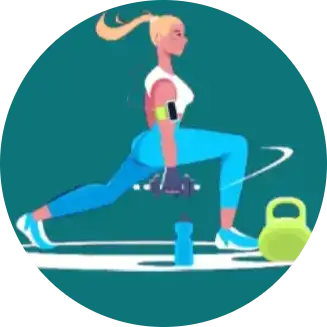 Workout
Workout
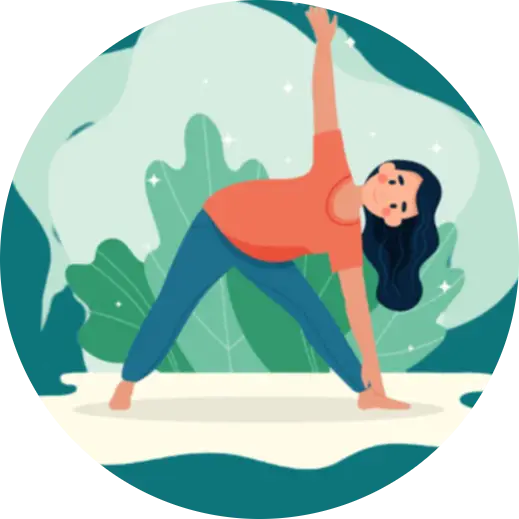 Meditation
Meditation





 Contact Us
Contact Us

